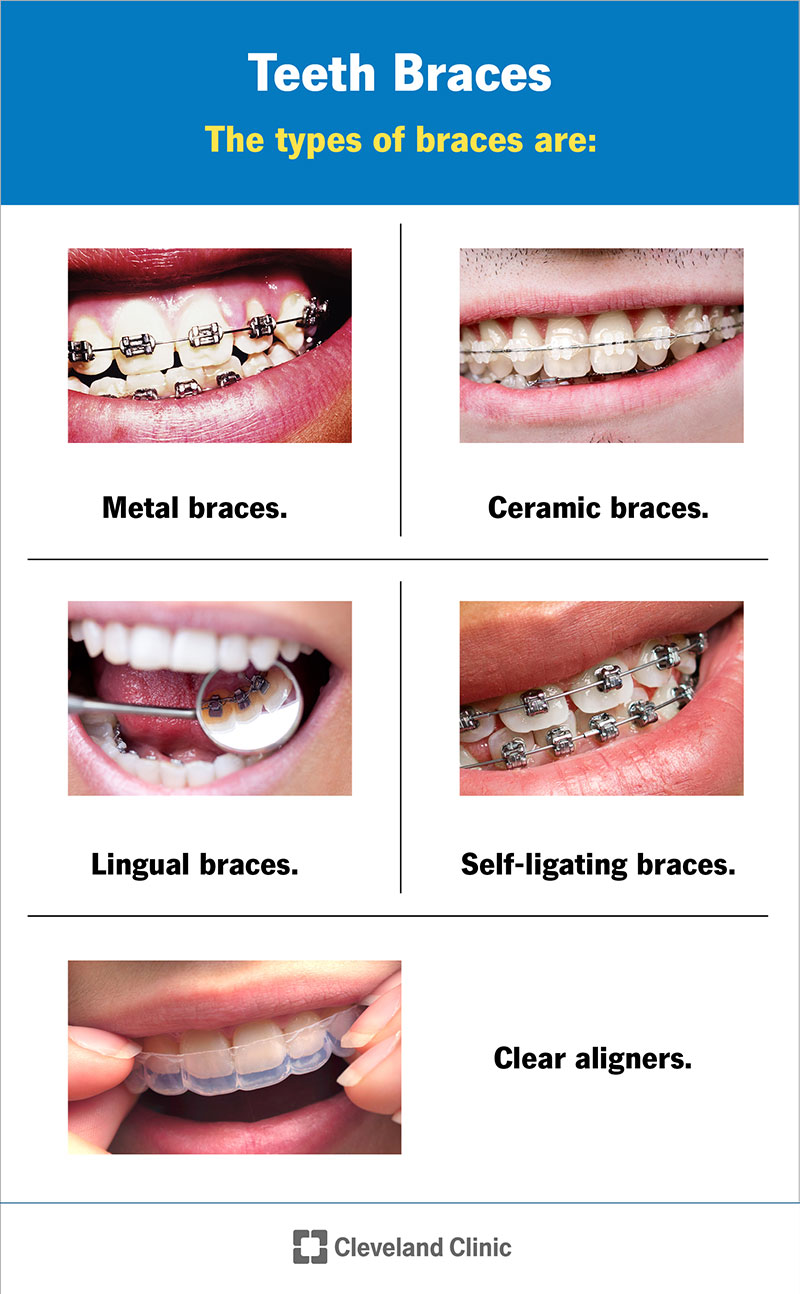Comprehensive Guide to Orthodontics Treatments for Dealing With Dental Imbalances
Comprehending the intricacies of each procedure, including their mechanisms, advantages, and prospective downsides, is critical in making notified choices concerning one's orthodontic treatment. As we navigate through the extensive guide to orthodontic treatments for dealing with oral imbalances, the elaborate details of each technique will certainly unfold, dropping light on the path towards a harmonious and practical dental alignment.
Orthodontic Procedures Overview

Routine modifications and surveillance are essential parts of orthodontic treatment to make sure progression is on track and to make any kind of necessary modifications along the method. By going through orthodontic treatments, individuals can not just achieve a straighter grin yet additionally improve their overall oral health and feature.
Traditional Braces: How They Work
When considering orthodontic therapies for oral misalignments, typical dental braces stand apart as a time-tested technique for fixing teeth placing. Standard braces contain brackets, cords, and bands that collaborate to apply continual pressure on the teeth, progressively moving them right into the preferred alignment. The braces are attached to the teeth utilizing a special adhesive, and the cables are threaded through the braces. By adjusting the stress of the cords, orthodontists can manage the instructions and force related to each tooth, guiding them right into proper positioning over time.
One key aspect of just how typical braces work is the process of bone makeover. As pressure is applied to the teeth through the dental braces, the bone bordering the teeth is reshaped to support the new tooth settings. This improvement is essential for the long-term stability of the remedied placement. Patients will need routine modifications at the orthodontist's workplace to make certain the dental braces remain to apply the appropriate pressure for efficient teeth motion.
Unseen Aligners: Pros and Disadvantages
These clear, custom-made trays are basically unnoticeable when worn, making them an enticing choice for people seeking a more cosmetically pleasing orthodontic treatment. People can eliminate the aligners prior to eating or cleaning their teeth, minimizing the risk of food obtaining stuck in the appliance and streamlining the cleaning process.

Surgical Orthodontic Options
Surgical interventions in orthodontics present practical choices for attending to complicated oral misalignments that may not be successfully settled via standard orthodontic therapies. While undetectable aligners and standard dental braces can deal with numerous orthodontic issues, certain cases call for medical treatment to accomplish optimal outcomes. Surgical orthodontic alternatives are commonly advised for serious malocclusions, considerable jaw discrepancies, and cases where the underlying bone framework needs modification to attain correct positioning.
One typical medical orthodontic procedure is orthognathic Extra resources surgical treatment, which involves rearranging the jaws to remedy functional concerns such as problem chewing or talking. This surgical procedure is typically carried out in cooperation with an orthodontist who helps straighten the teeth before and after the treatment. Surgical orthodontics may additionally include treatments to subject impacted teeth, eliminate excess periodontal tissue, or improve the jawbone what dentist do to produce a more unified face profile.
Prior to thinking about surgical orthodontic choices, patients go through a comprehensive analysis to identify the need and potential advantages of such interventions. invisalign. While surgical procedure may appear difficult, it can significantly enhance both the feature and visual appeals of the smile in instances where conventional orthodontic treatments fail
Retainers and Post-Treatment Treatment

Failing to abide with post-treatment treatment guidelines can result in regression, where the teeth slowly relocate back towards their original positions. Consistent retainer wear, good dental health, and routine dental check-ups are important for maintaining the results attained via orthodontic surgical procedure and making sure the long-lasting stability of the corrected oral placement.
Final Thought
In final thought, orthodontic procedures offer numerous choices for remedying dental imbalances. Typical braces utilize metal braces and cables to shift teeth right into appropriate alignment. Invisible aligners give an even more discreet choice however may not appropriate for all situations. Surgical orthodontic options are readily available for a lot more severe imbalances. Retainers are typically used post-treatment to keep the new placement. Generally, orthodontic procedures can successfully improve oral health and wellness and visual appearance.
As we browse via the extensive overview to orthodontic procedures for remedying oral misalignments, the complex information of each method will certainly unravel, shedding light on the path towards a useful and harmonious dental positioning. - cumming orthodontics
One of the most common orthodontic treatments is the use of dental braces, which are composed of metal brackets and cables that use mild stress to gradually move teeth right into the wanted position.When considering orthodontic treatments for oral imbalances, typical braces stand out as a tried and true technique for remedying teeth placing. Additionally, invisible aligners may not be appropriate for complicated orthodontic problems that call for even more substantial teeth activity, as they are typically recommended for mild to moderate cases. Retainers are customized orthodontic gadgets created to hold teeth in read more their remedied placements after the conclusion of orthodontic therapy.
Comments on “How Cumming Orthodontics Addresses Common Braces and Invisalign Worries”